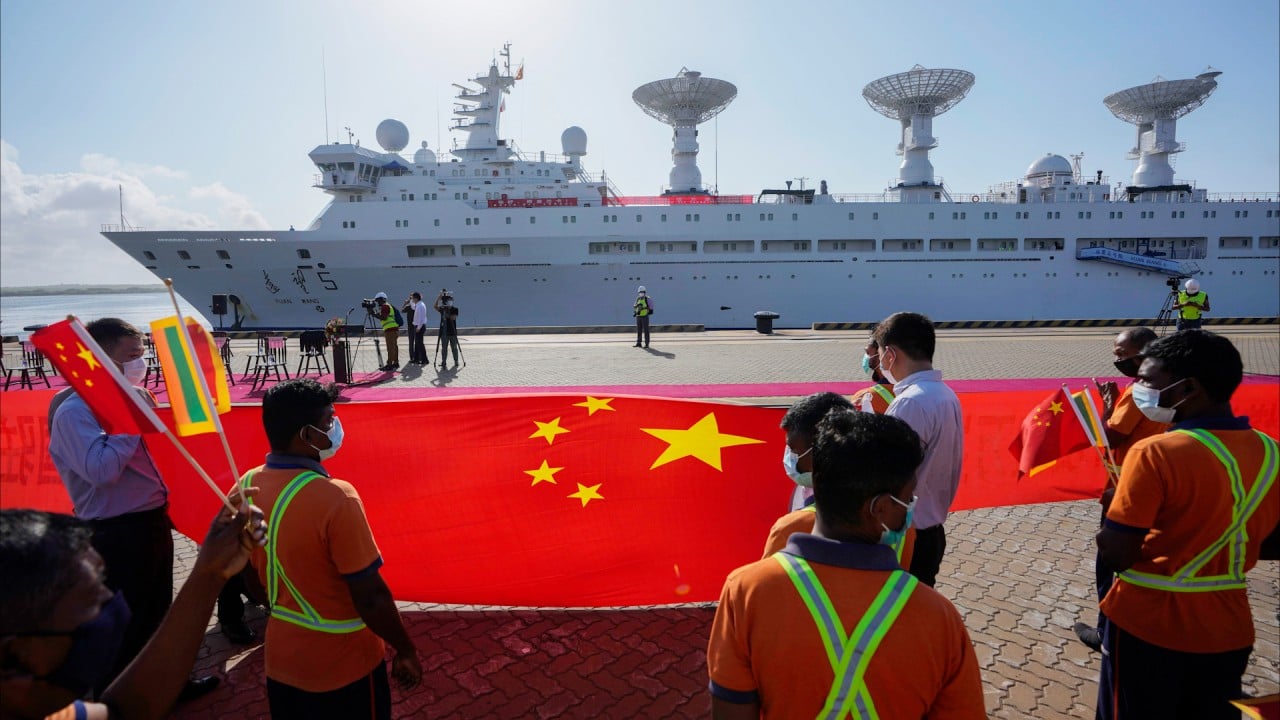
China marks decade of belt and road with white paper declaring redoubled commitment to help developing countries
- Paper says strategy will continue to be Beijing’s ‘overarching plan and its top-level design’ for opening up and international cooperation
- By June, China had signed more than 200 belt and road cooperation agreements with 152 nations and 32 international institutions across five continents
“China is ready to increase its resource input in global cooperation,” the document said. “It will work to achieve a greater say for emerging economies and developing countries in global governance.”
“[China] will support any initiative that can genuinely help developing countries build infrastructure and achieve shared progress,” the white paper read.
It said the Belt and Road Initiative provided new solutions for improving global governance when “certain countries” overstretched the concept of national security and sought “decoupling” in the name of “derisking”.
The newly published white paper titled “The Belt and Road Initiative: A Key Pillar of the Global Community of Shared Future” came before the third Belt and Road Forum for International Cooperation in Beijing. The forum is scheduled to take place this month to celebrate the 10-year anniversary of the global infrastructure development strategy.
More than 130 countries and 30 international organisations have confirmed they will send representatives to attend the event, according to Li Kexin, an official with the Chinese foreign ministry, who addressed a press conference to introduce the white paper on Tuesday.
By June, China had signed more than 200 belt and road cooperation agreements with 152 nations and 32 international institutions across five continents, according to the National Development and Reform Commission (NDRC), the country’s top economic planning agency.
From 2013 to 2022, the cumulative two-way investment between China and partner countries reached US$380 billion, including US$240 billion from China, the data in the white paper showed.
Still, a slowing Chinese economy has raised scepticism about Beijing’s willingness and capability to continue advancing the costly programme once dubbed by the Chinese leadership as a “project of the century” but one that also fuelled controversy over “debt traps” in recipient countries.
Chinese loans to Africa – a major focus of the belt and road programme – have decreased significantly and dipped below US$2 billion in 2021 and 2022, according to new data compiled by Boston University’s Global Development Policy Centre.
When asked about the fall in lending, Cong Liang, deputy head of the NDRC said at the press conference on Tuesday that China would continue to improve sustainable investment and financing mechanisms with other nations, ensuring “stable, transparent and high-quality” funding.



